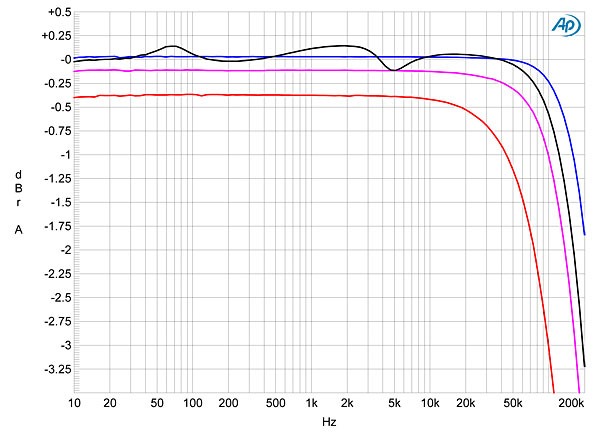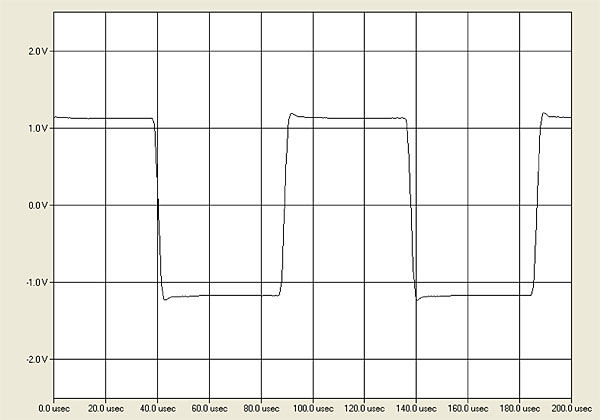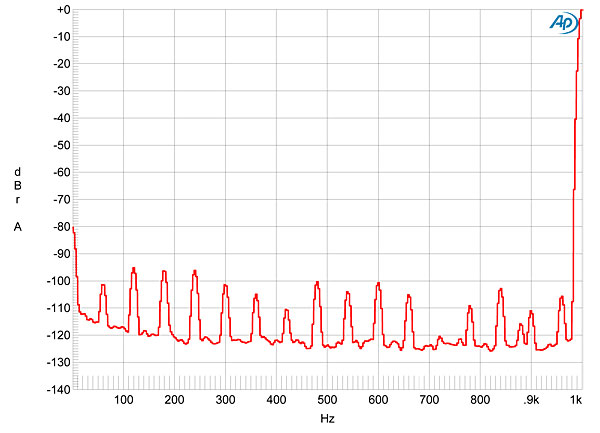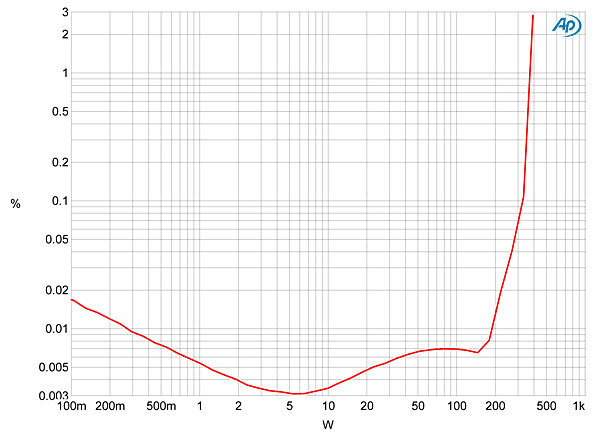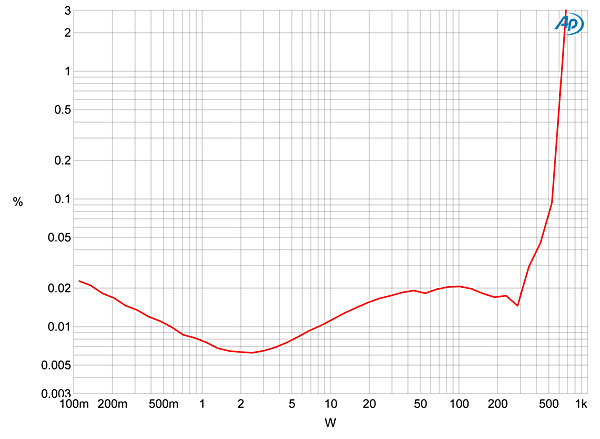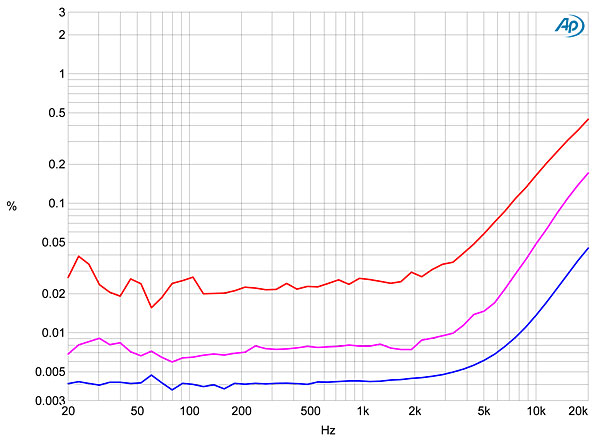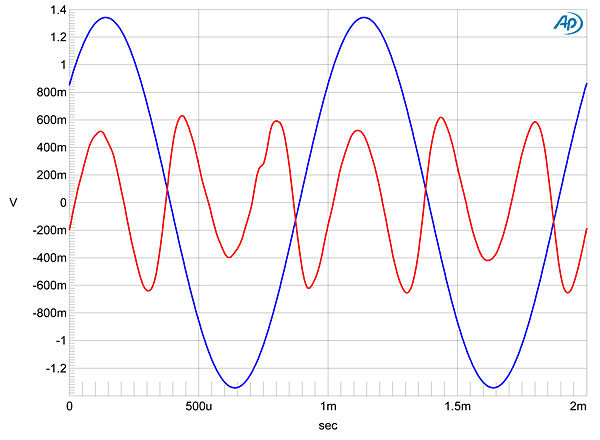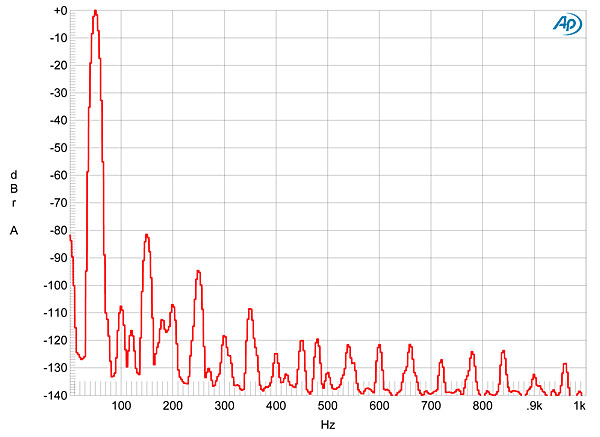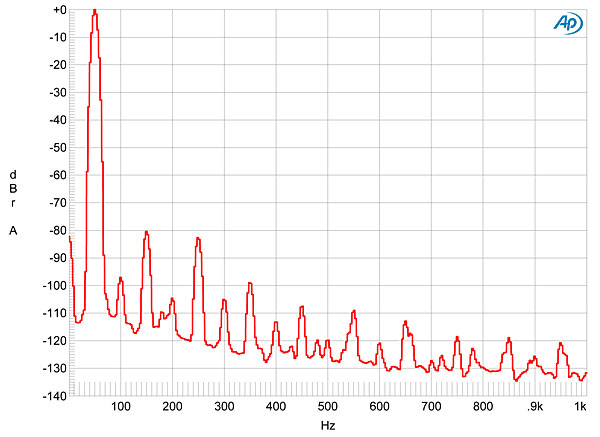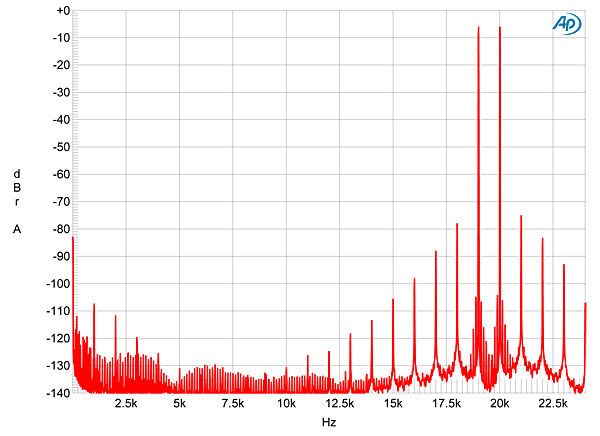| Columns Retired Columns & Blogs |
Mike, great write up. You mentioned the hum problem, but it is not clear how you eliminated it. Please clarify. Also, you express that the deepest bass was not spectacular in comparison to your 6 figure price tag reference monoblocks. In your opinion, what choices did Bascom King make in the design of his amp that led you to conclude that the extreme deep bass performance was less than world class say in comparison to Soulution, dartzeel and Constellation.
